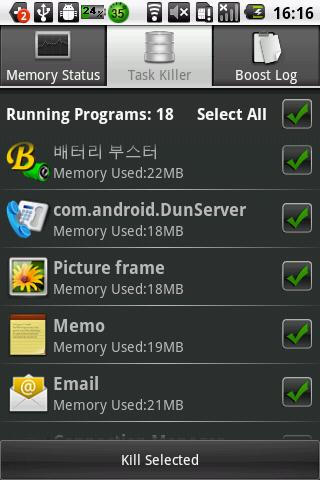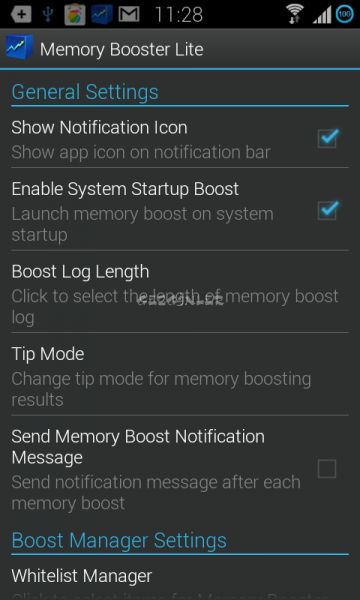
Our triple buffering implementation dynamically switches between double and triple buffering as required.
Ubuntu ram optimizer full#
We turn off triple buffering in full screen direct scanout mode because (a) it was too much work at the time (development took almost 2 years already) and (b) the compositor render time is zero there so isn’t a metric that needs improving. Games that are throttled to the refresh rate (vsync “on”) will benefit if they are run in a window but usually not in full screen. Games with an unthrottled frame rate (or just vsync “off”) already convince the GPU to run as fast as it can. An improvement to smoothness is therefore seen with triple buffering even on systems without frequency scaling. The same benefits still apply - as we pre-render an extra frame we are able to cope with and recover from such hiccups without stuttering being seen on screen. This is especially an issue in a single threaded event loop like in gnome-shell. can represent not only a long render time but also unexpected events that delay rendering from starting. So all I needed was a higher GPU frequency? The end result is that GNOME sessions in Ubuntu 22.04 will use your full hardware’s ability to first reach full frame rate, and only after that is achieved will performance scale down to more power efficient settings. It is for illustrative purposes only and should not be seen as an accurate representation of what is happening for all GPUs all the time.

The above diagram is illustrative of Intel GPUs that typically start at 30% speed. It is only by trying to pre-render two frames that we make it likely at least one frame has been pre-rendered in time. That’s why B and C have shorter render times.
Ubuntu ram optimizer driver#
A is rendered slowly at the default low frequency but when we don’t stop for a break the GPU knows (well the graphics driver knows) it needs to speed up. So now using three different buffers we are able to achieve full frame rate. The blank space between frames is when the GPU is completely idle and as such it thinks it is appropriate to stay at the same low frequency.īut what if we reduce the gaps? Ensure the GPU is not allowed to idle until it at least gives us the full frame rate? This means we have to pre-render two frames instead of one: Monitor refresh | * * * * * * But the GPU is not very smart and it doesn’t know that you probably wanted a higher frame rate. The long render times shown above are often due to the GPU running at its lowest frequency. You see this as stutter, although some people use the word “lag”. The above diagram shows double buffering only achieving half the frame rate of the monitor. That’s double buffering.Ī problem occurs however when preparing (rendering) the next frame takes too long: Monitor refresh | * * * * * There are always two images in this loop: the one you see on screen and the next one that will follow it.

Wait for the monitor to display the last frame.

The main enhancement responsible for this is the introduction of triple buffering in Ubuntu.īefore describing what triple buffering is, consider double buffering: If you haven’t noticed then try comparing it to an older Ubuntu release or even the latest Fedora. If you’ve upgraded to Ubuntu 22.04 then you probably noticed how smooth the GNOME experience is.


 0 kommentar(er)
0 kommentar(er)
